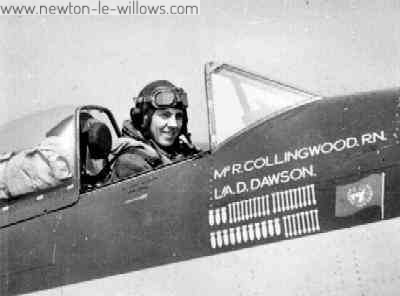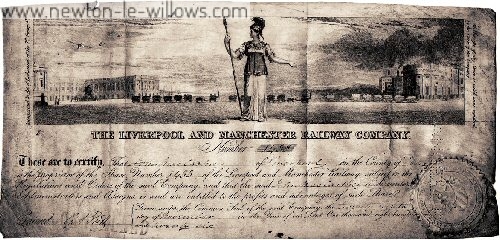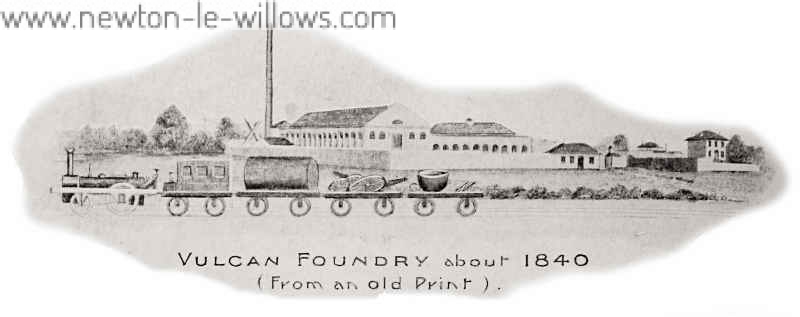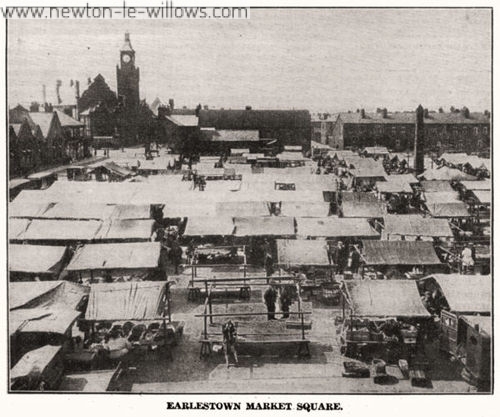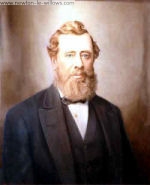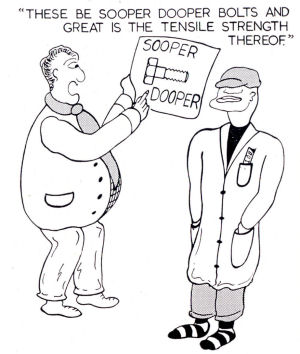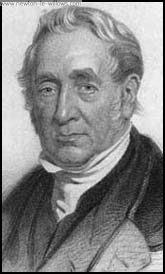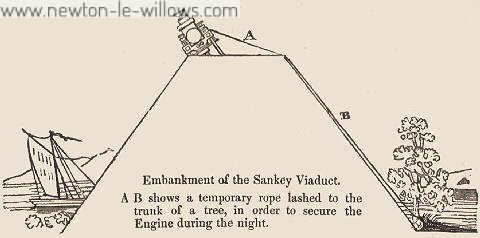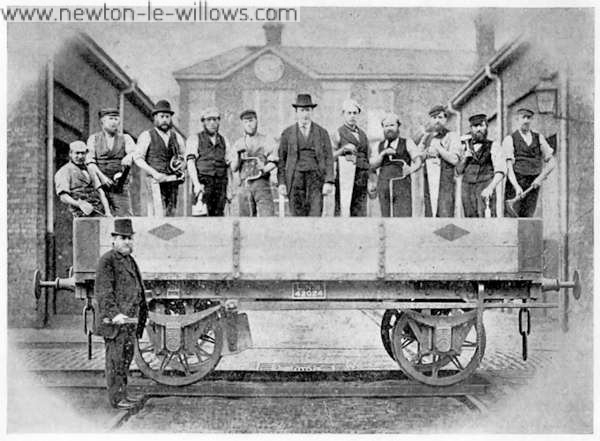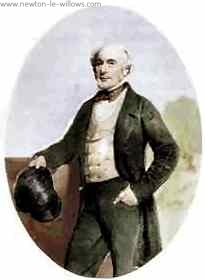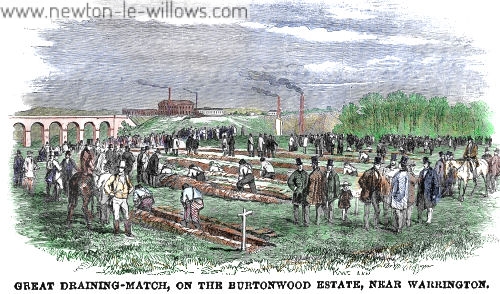And now let us take a walk round Earlestown and Newton and see what it was like about 1890. Immediately to the left of Earlestown Station was a large open space where the shops now stand and which was a common playground for the youth of the neighbourhood. That side of the street has changed very little, except that the shops at the top have all been altered and had new fronts put in to meet changed conditions. On the other side, starting at the bottom, there was Mr. Attfields…
Read More >>Category: Earlestown
AirCrash – Supermarine Attacker – 05/02/1953
Supermarine Attacker FB.1 WA535 – 05/02/1953 On Thursday 5 th February 1953 Mr Roy Edwin Collingwood (all commissioned Pilots were known as Mr) took off from Royal Naval Air Station Stretton ? ?HMS Blackcap? near Warrington in Supermarine Attacker FB.1, No WA535 on what was to be his 3 rd ?Famil? (Familiarisation) flight at 15:30 hours. At 15:32 hours he was given ?Go? on Channel Baker, and at 15:37 hours he was called up by Mr Lines, who was then flying a Meteor aircraft. In the course of a short…
Read More >>The Liverpool & Manchester Railway
The Cotton Trade In the latter part of the eighteenth century, the area surrounding the port of Liverpool and the growing town of Manchester was rapidly expanding. The American colonies had played a large part in promoting Liverpool as the port of import, and Manchester as the finishing centre for their cotton. Liverpool also dealt with the importation of rum, tobacco and slaves as well as establishing itself as the chief trading port with Ireland ? importing yarn which was then sent to Manchester. As an example of the enormous…
Read More >>A history of the Vulcan Foundry
In September, 1830, the Liverpool and Manchester Railway was opened, and to digress, here is a brief account of the ceremony. Being one of the first passenger lines in the country, its development must have had a profound influence on the policy and prosperity of the Vulcan Foundry, and the Locomotive industry as a whole during its early years, apart from its interest to all dwellers in South West Lancashire in its effect on the industrial life of the district. T. & S. Stone. The original stone inscribed T. &…
Read More >>Earlestown Market 1938
Market successful despite removal Trading centre provided for new town. Prosperous council undertaking at Earlestown Having commenced the story in the middle and glanced at the finish to see the happy ending it would now be appropriate to look at the opening chapter of the story and see how it began. From very remote times Newton-in-Makerfield has held a very important position. It stands on the northern road between Warrington and Wigan and about the same distance from both. In the days when Saxon kings ruled over the island it…
Read More >>The Story of Vicars
Around a year ago, I compiled from different sources a history on one of Earlestowns oldest firms, T & T Vicars, somehow, the article has been lost from the database, probably when the website changed Servers some months ago, for those interested, here again is the missing history article The year 1849 has been generally accepted as the foundation year of the firm of T & T Vicars, but it is possible that the partnership was formed even earlier than this. The story began when Thomas Vicars, son of an…
Read More >>Newton – The Market and Fairs
In 42nd Henry III. (1258), Robert Banastre, the fourth baron of that name, obtained the Kings charter for a fair and market at his manor of Newton . Forty-three years afterwards a market and two fairs were granted by Edward I. to John de Langton – the market to be held every Saturday, and the fairs on the eve,day, and morrow of St. John (6th May) and of St. Germain (31st July). In 1536 the former was described by Leland (King Henry VIII.s antiquary) as “a little poore market.” This…
Read More >>The Fable of the Inspector and the Bolts
VULCAN MAGAZINE , Autumn 1958 THE FABLE OF THE INSPECTOR AND THE BOLTS There dwelt in the City of Newt an Inspector of a Factory, and his Chief spake unto him saying:- “Lo, there is in the wilderness of Vul a maker of bolts, and he has made two score and five special bolts. These be Sooper-Dooper bolts and great is the tensile strength thereof, that they may fix, even the very top of a cylinder casing, even unto the very bottom. Get thee hence and inspect them. And take…
Read More >>History of the Vulcan Foundry
History of the Vulcan Foundry, Newton le Willows 1781 George Stephenson was born at Wylam-on-Tyne, Northumberland. 1785 Charles Tayleur was born. 1803 Robert Stephenson was born at Willington Quay, Northumberland. 1816 Daniel Gooch was born in Bedlington, Northumberland, on 24th August, 1816. 1823 George Stephenson founded a locomotive works at Newcastle-on-Tyne. 1829 The Rocket was built by Robert Stephenson & Co. and won the prize of £500 at the Rainhill Trials that were held to determine the most suitable type of locomotive for the new Liverpool and Manchester Railway.…
Read More >>Sankey Viaduct Train Derailment
LIVERPOOL AND MANCHESTER RAILWAY?FURTHER PARTICULARS. Performance of the Engines. It has been stated in several of the newspapers, by way of apology for the delay which took place in the re-turn of the rear division of the pro-cession from Manchester on the day of the opening, that it arose from an apprehension that, as night had come on, accidents might have arisen from proceeding at a more rapid rate. The authors of this apology forget that at the same time the night came on the expectant crowds went off, and…
Read More >>James Muspratt (1793 – 1896)
James Muspratt was born in Dublin on the 12th August, 1793; his father was an Englishman, whose brother was a director of the East India Company; his mother, who was a remarkable woman of fine character and culture, was a Miss Mainwaring, one of the Cheshire family of that name. They resided in Dublin, and to a commercial school in that city sent their son. At fourteen years of age he was taken from school and apprenticed to a Mr. Mitcheltree, a wholesale chemist and druggist, in Dublin, with whom…
Read More >>The Viaduct Foundry
As the Vulcan and Viaduct Foundries swung into production skilled workers were attracted from other parts of Lancashire as well as further afield. To house their workers Stephenson and Tayleur built a model village beside their factory, Vulcan Village. Originally only of three rows it was developed as the factorys business increased. Seeing the advantages to be gained from setting up a factory in Newton where skilled labour was becoming available, two other business partners founded the firm of Jones and Potts and built a factory known as the Viaduct…
Read More >>Sir Hardman Earle (1792 – 1877)
Sir Hardman EarleHardman Earle was born 11 JUL 1792, and died 25 JAN 1877, for Earlestown one of the most important days of his life was the 1st March 1853, This was the day that the London and North Western Railway, under the direction of Sir Hardman Earle, leased from Messrs. Jones & Potts a small works known as the Viaduct FoundryIn 1853 there were only around 30 houses available for the viaduct workers but as the foundry became busier, it expanded and the houses and town that was built…
Read More >>Earlestown Wagon Works: the Viaduct Foundry
One hundred and fifty one years ago, on March 1, 1853, the London & North Western Railway leased from Jones & Potts a small engineering works known as the Viaduct Foundry, so named from its proximity to Stephensons Sankey Viaduct over the St. Helens Canal on the original Liverpool & Manchester Railway. Seven years later, on May 11, 1860, the L.N.W.R. purchased the property outright for the sum of 15,000. The Viaduct Works was founded by Jones, Turner & Evans in 1833, and among other products, including pumping machinery for…
Read More >>Burtonwood: Agricultural Draining Match – 1853
The London Illustrated News, 3rd Dec 1853ON Wednesday week, the 23rd ult., an extensive Agricultural Draining Match was held on the Burtonwood Estate, the property of Samuel Brooks, Esq., banker, of Manchester, situate near the Warrington Junction station of the Liverpool and Manchester Railway. The field selected was well adapted for the purpose, and beautifully situated, commanding a magnificent view of the Sankey viaduct. The soil consists of a friable loam, on a marly substratum, with occasional beds of clay and sand. The attendance of drainers and gentlemen interested in…
Read More >>
